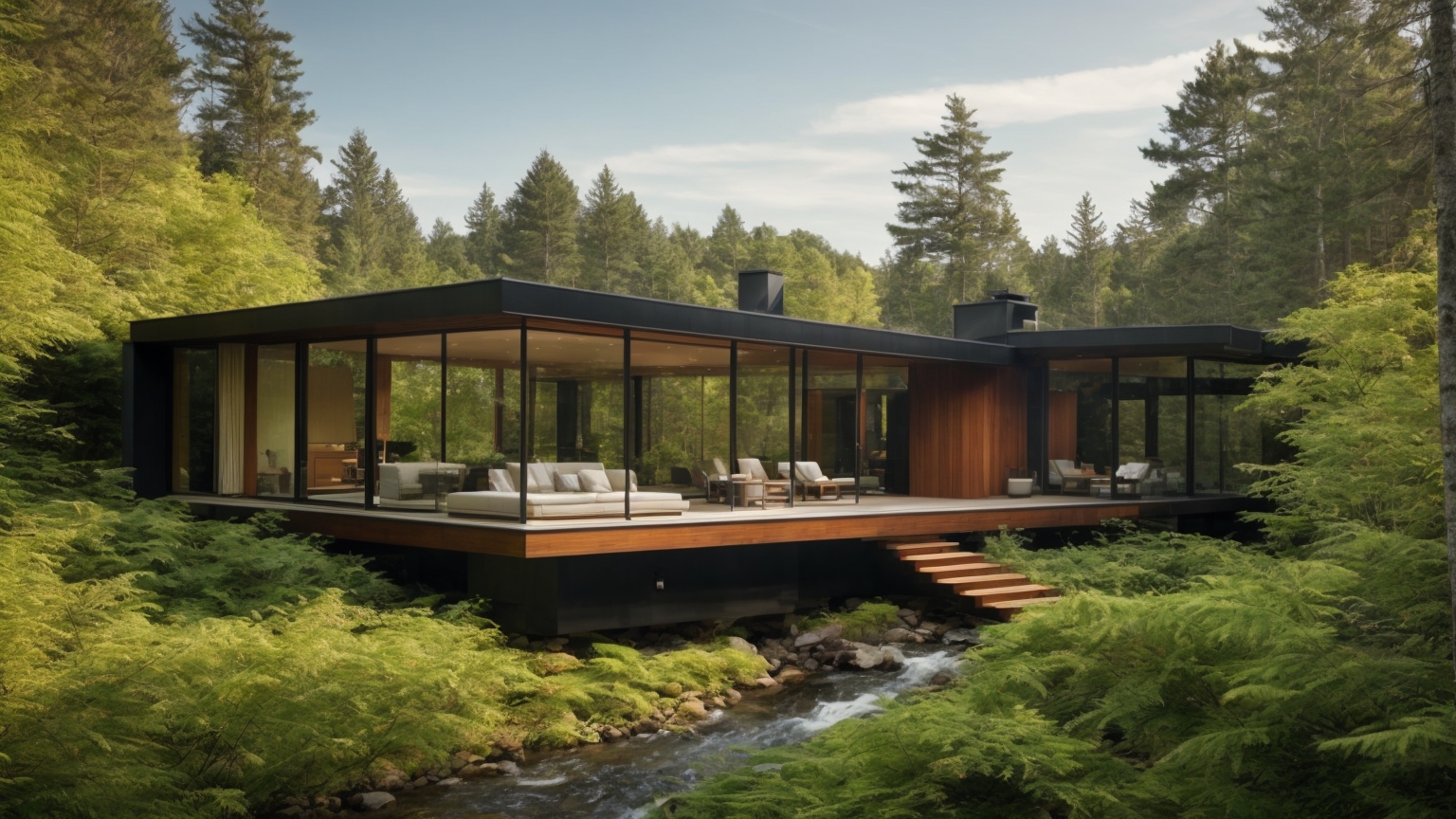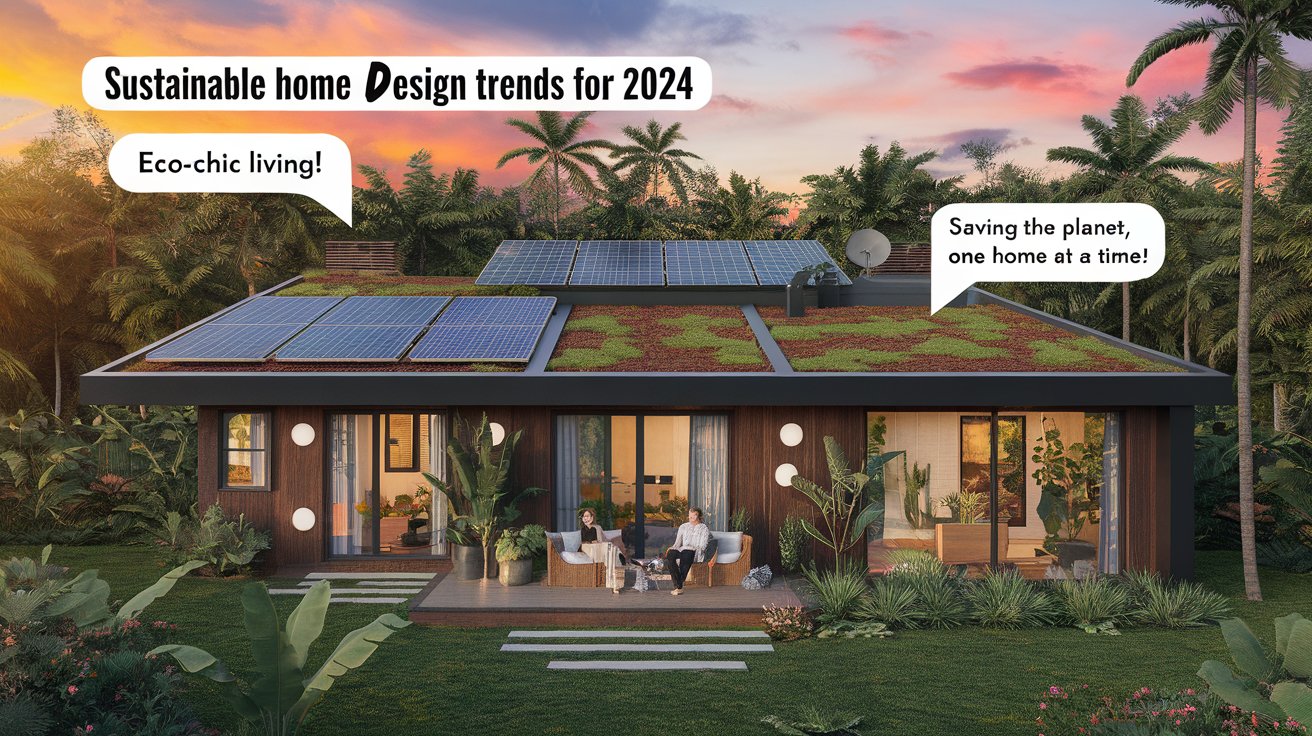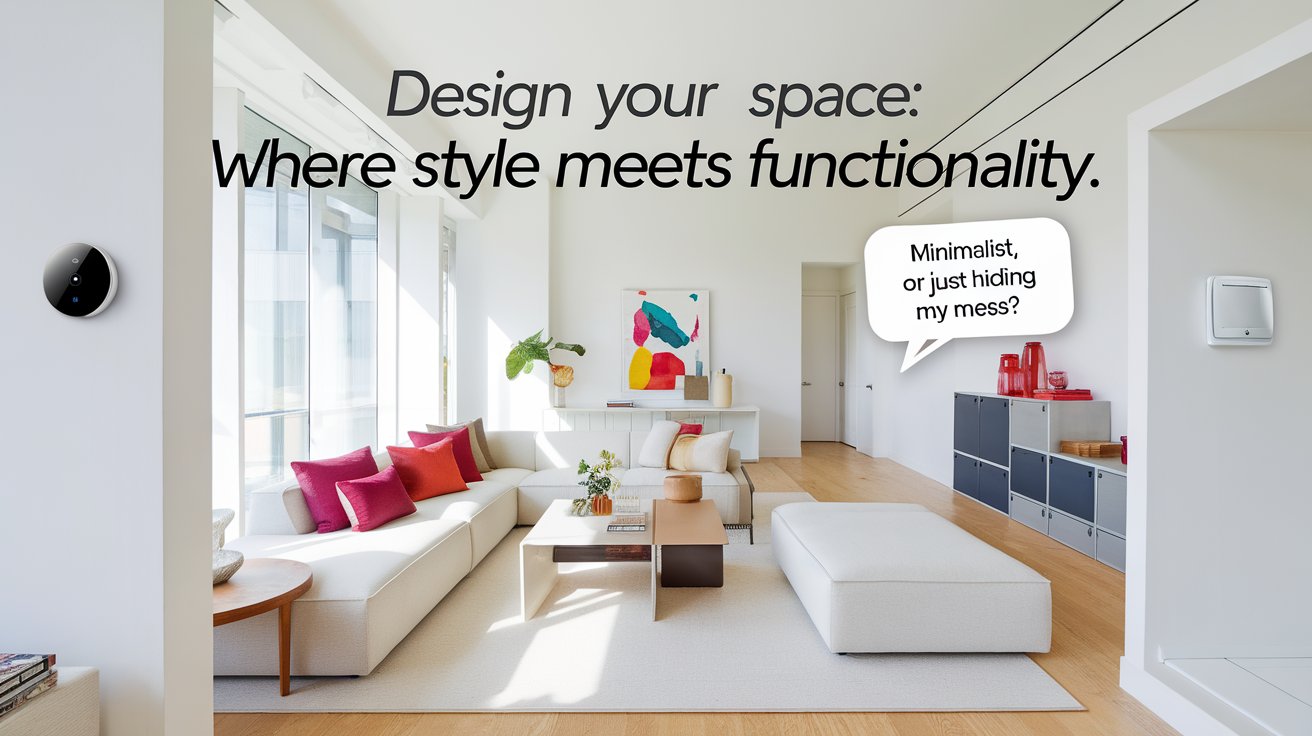Introduction
The Light and Space Movement has significantly influenced contemporary design, blending artistic innovation with practical functionality. Originating in California during the 1960s, this movement emphasizes the interaction between light, space, and perception. By drawing inspiration from pioneers like James Turrell and Mary Corse, modern designs incorporate natural and artificial lighting to transform everyday spaces. These principles extend beyond art, offering solutions that enhance both aesthetic appeal and safety for homeowners.
Today, Light and Space Design continues to evolve, integrating minimalist concepts and advanced technologies like LED lighting and smart systems. This fusion of art and practicality not only elevates the experience of living spaces but also addresses the need for safety and energy efficiency. By embracing these principles, homeowners can create environments that are both visually captivating and deeply functional.
Key Takeaways
- The Light and Space Movement blends art and functionality, making it a cornerstone of modern design.
- Incorporating natural light and minimalist elements creates visually appealing and safe living spaces.
- Geometric shapes and advanced materials enhance depth and perception in home design.
- Smart lighting systems provide energy efficiency and adaptable environments for homeowners.
- Interactive designs inspired by Light and Space Art evoke emotional and sensory engagement.
- Modern applications of the movement combine artistic expression with practical safety measures.
The Legacy of Light and Space Movement in Contemporary Design
The Light and Space Movement has profoundly influenced modern design, blending minimalist aesthetics with advanced spatial concepts. Emerging in California during the 1960s, this art movement focuses on perceptual phenomena, emphasizing light, space, and viewer experience. Artists like James Turrell and Robert Irwin redefined how natural and artificial light interact with geometric forms, creating immersive environments. These principles have transcended art galleries and are now integral to contemporary home design. By incorporating natural light, reflective materials, and minimalist structures, designers create spaces that feel expansive and harmonious. This legacy continues to inspire innovations that merge artistic vision with practical solutions for homeowners.

How Light and Space Artists Shaped Modern Design
The contributions of artists like James Turrell, Robert Irwin, and Mary Corse go beyond the gallery, influencing contemporary design with their innovative use of light and geometry. Their works demonstrated how light could transform perception, offering inspiration for functional and aesthetic home designs. These ideas have led to the integration of radiant materials and minimalistic structures in today’s architectural practices.
Exploring the Historical Roots of the Light and Space Movement
The Light and Space Movement originated in the 1960s in California, with artists challenging traditional forms and exploring the interaction between light and the observer. Exhibitions like Pacific Standard Time showcased its legacy, making it a pivotal chapter in art history. This history underscores its influence on today’s design innovations, blending art with everyday functionality.
Practical Tips for Applying Light and Space Principles in Home Design
1. Maximize Natural Light
Position windows and use sheer curtains to allow natural light to flood the interiors. This not only enhances the visual appeal but also reduces dependency on artificial lighting.
2. Incorporate Reflective Surfaces
Use mirrors, glossy finishes, or metallic accents to amplify light and create a sense of spaciousness. Reflective surfaces also add an artistic touch inspired by minimalist designs.
3. Use Energy-Efficient Lighting
Install LED lights or smart lighting systems to optimize energy consumption and create adjustable light settings that suit various moods and tasks.
4. Experiment with Geometric Shapes
Integrate geometric furniture or design elements, such as angular tables or patterned walls, to reflect the minimalist essence of the Light and Space Movement.
5. Opt for Transparent Materials
Add acrylic or glass elements to your space to maintain an open, airy atmosphere while enhancing depth and light flow.
6. Focus on Decluttered Layouts
Adopt open layouts and remove unnecessary furniture to create an expansive feel, ensuring safety and ease of movement.

Integrating Minimalist Principles for Safe and Aesthetic Home Spaces
Minimalism in design emphasizes simplicity, function, and elegance, making it an ideal approach for creating safe and aesthetic homes. Inspired by the Light and Space Movement, minimalist spaces often feature clean lines, geometric shapes, and purposeful use of light. Materials like cast acrylic and LED lighting not only enhance visual appeal but also prioritize safety and energy efficiency. By focusing on decluttering and open layouts, these designs foster tranquility while reducing potential hazards. Incorporating minimalist principles ensures that spaces are not only beautiful but also functional, aligning with the modern homeowner’s needs for comfort and safety.

Minimalist Design Elements for Home Safety
Minimalism emphasizes clean lines, open spaces, and the strategic use of materials to reduce risks. Incorporating LED lighting and acrylic fixtures not only enhances safety but also creates a visually calming atmosphere. These designs balance aesthetics and functionality, making them ideal for modern homeowners.
Creating Serenity Through Geometric Simplicity
Geometric shapes are central to minimalist design, offering symmetry and clarity. By decluttering spaces and emphasizing natural light, these designs foster mental well-being while maintaining practicality. Homeowners can achieve tranquility and protection by blending these geometric elements with safety-focused materials.
Case Study: Transforming a Suburban Home with Light and Space Design
A homeowner in Los Angeles sought to redesign their suburban home to reflect the principles of the Light and Space Movement. Inspired by the works of James Turrell and Helen Pashgian, the designer incorporated large windows to maximize natural light and installed LED lighting systems for energy efficiency. Acrylic furniture and reflective surfaces were added to create depth and amplify light flow throughout the living spaces.
To ensure safety and functionality, the design included minimalist layouts with open pathways and carefully positioned light fixtures to avoid glare. The use of geometric shapes in both furniture and decor brought a modern and artistic vibe, while maintaining practicality for everyday use. The final result was a home that seamlessly blended aesthetic appeal with comfort, offering a living environment that felt both expansive and harmonious.
The Role of Perception and Interaction in Light and Space Art
Light and Space Art challenges traditional boundaries by prioritizing the viewer’s perception and interaction. This art form leverages materials like neon lights and acrylic to create dynamic environments that engage the senses. Artists such as Mary Corse and Helen Pashgian emphasize how light transforms spatial experiences, crafting designs that feel alive and ever-changing. These ideas have practical applications in home design, where creating environments that evoke a sense of wonder and comfort is key. By integrating interactive elements, such as adjustable lighting or reflective surfaces, homeowners can personalize their spaces, making them both visually striking and emotionally resonant.

How Light Shapes Viewer Perception in Home Design
Light influences mood and perception, making it a crucial element in interior design. Using techniques inspired by Light and Space Art, such as adjustable lighting and reflective surfaces, homeowners can tailor their spaces to evoke specific emotions and improve functionality.
Interactive Design Features for Modern Homes
Interactive elements like smart lighting systems allow homeowners to engage with their environment dynamically. These features, inspired by artists like Helen Pashgian, transform homes into adaptive spaces where light and perception play a central role.
“Light is a powerful substance. We have a primal connection to it. But, for something so powerful, situations for its felt presence are fragile.” — James Turrell
Modern Applications of Light and Space Design for Homeowners
Light and Space Design principles have evolved to meet the demands of modern living, offering innovative solutions for homeowners. Utilizing a mix of natural and artificial light, designers create vibrant yet calming environments that enhance daily life. Technologies like smart lighting systems and energy-efficient LEDs bring the movement’s ethos into contemporary settings. Additionally, materials like cast acrylic and geometric installations add depth and character to spaces while maintaining safety and practicality. This fusion of art and functionality ensures that the principles of Light and Space not only inspire but also protect and enrich modern homes.

Smart Lighting Systems for Energy Efficiency
Modern technologies like LED lighting and smart systems allow homeowners to control light intensity and color, optimizing energy use and enhancing comfort. These innovations align with the principles of the Light and Space Movement, blending functionality with artistry.
Incorporating Artistic Installations into Everyday Spaces
Geometric installations and radiant materials inspired by Light and Space Art can transform home interiors. These elements add depth and character while ensuring spaces remain safe and functional for daily use.
Conclusion
The principles of the Light and Space Movement offer a unique blend of artistic inspiration and practical application, making them highly relevant to modern home design. By focusing on the interplay of light, space, and perception, these concepts enable homeowners to create environments that are both beautiful and functional. Incorporating materials like cast acrylic, geometric shapes, and energy-efficient lighting ensures spaces that are not only visually stunning but also safe and sustainable.
As this movement continues to influence contemporary design, its impact extends beyond aesthetics, addressing the needs and preferences of today’s homeowners. Whether through minimalist layouts or advanced lighting technologies, the integration of Light and Space principles provides a pathway to harmonious living spaces that prioritize safety, comfort, and artistic expression.

![CLOUDY BAY [6 Pack] 6inch Smart WiFi LED Recessed Lights,RGBCW Color Changing Recessed Lighting,Compatible with Alexa and Google Home Assistant,No Hub Required,15W 2700K-6500K,CRI90+ Wet Location](https://m.media-amazon.com/images/I/41H5465vC2L.jpg)




